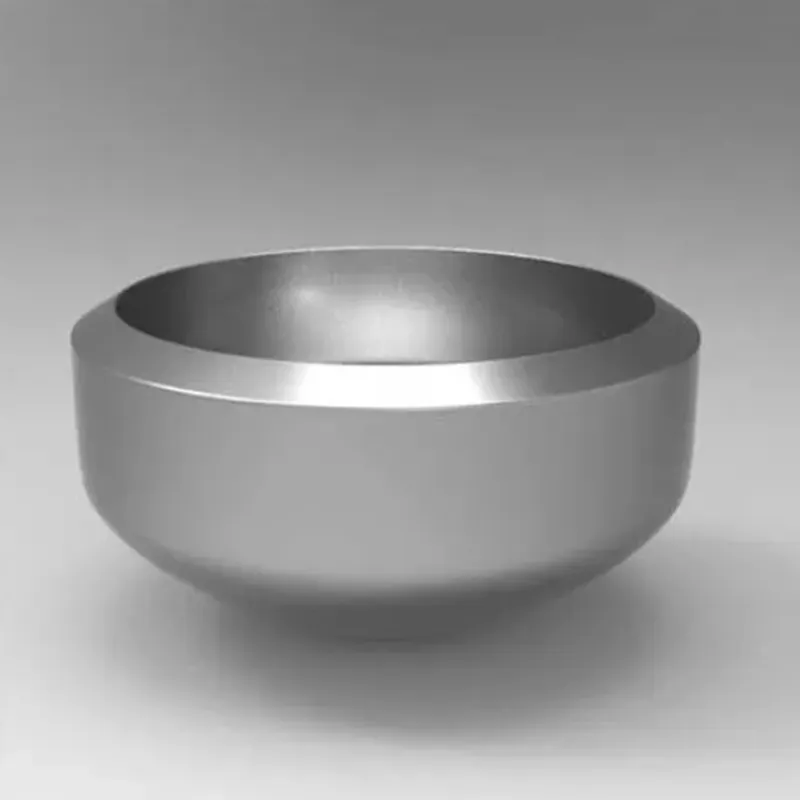-
Cangzhou Yulong Steel Co., Ltd.
-
Phone:
+86 13303177267 -
Email:
admin@ylsteelfittings.com
- English
- Arabic
- Italian
- Spanish
- Portuguese
- German
- kazakh
- Persian
- Greek
- French
- Russian
- Polish
- Thai
- Indonesian
- Vietnamese
- Zulu
- Korean
- Uzbek
- Hindi
- Serbian
- Malay
- Ukrainian
- Gujarati
- Haitian Creole
- hausa
- hawaiian
- Hebrew
- Miao
- Hungarian
- Icelandic
- igbo
- irish
- Japanese
- Javanese
- Kannada
- Khmer
- Rwandese
- Afrikaans
- Albanian
- Amharic
- Armenian
- Azerbaijani
- Basque
- Belarusian
- Bengali
- Bosnian
- Bulgarian
- Catalan
- Cebuano
- China
- China (Taiwan)
- Corsican
- Croatian
- Czech
- Danish
- Esperanto
- Estonian
- Finnish
- Frisian
- Galician
- Georgian
- Kurdish
- Kyrgyz
- Lao
- Latin
- Latvian
- Lithuanian
- Luxembourgish
- Macedonian
- Malgashi
- Malayalam
- Maltese
- Maori
- Marathi
- Mongolian
- Myanmar
- Nepali
- Norwegian
- Norwegian
- Occitan
- Pashto
- Dutch
- Punjabi
- Romanian
- Samoan
- Scottish Gaelic
- Sesotho
- Shona
- Sindhi
- Sinhala
- Slovak
- Slovenian
- Somali
- Sundanese
- Swahili
- Swedish
- Tagalog
- Tajik
- Tamil
- Tatar
- Telugu
- Turkish
- Turkmen
- Urdu
- Uighur
- Welsh
- Bantu
- Yiddish
- Yoruba

Nov . 16, 2024 22:22 Back to list
types of welding in piping
Types of Welding in Piping
Welding is an essential process in the fabrication and installation of piping systems across various industries, including oil and gas, power generation, chemical processing, and water treatment. The need for strong, leak-proof joints in piping has made welding a crucial skill for engineers and technicians. This article explores the different types of welding techniques commonly used in piping applications, their advantages, disadvantages, and specific use cases.
1. Shielded Metal Arc Welding (SMAW)
Shielded Metal Arc Welding, often referred to as stick welding, is one of the oldest and most widely used welding methods. It involves the use of a consumable electrode coated in flux, which, when heated, creates a protective gas shield to prevent oxidation.
Advantages - Versatile and can be used on a variety of metals, including steel and cast iron. - Effective for outdoor and windy conditions. - Relatively low equipment costs and portable.
Disadvantages - Requires a high skill level for quality results. - Produces more slag, which requires additional cleanup. - Slower than other methods.
Applications SMAW is commonly used in repair work and in construction where portability is necessary.
2. Gas Metal Arc Welding (GMAW)
Gas Metal Arc Welding, or MIG welding, utilizes a continuously fed wire electrode and an inert gas shield to protect the weld pool. This method is popular for its speed and efficiency.
Advantages - Produces high-quality, clean welds with minimal slag. - Offers high welding speed and better efficiency. - Easier learning curve, making it ideal for beginners.
Disadvantages - Less effective in outdoor settings due to wind affecting the gas shield. - Equipment can be more expensive compared to SMAW.
Applications GMAW is widely used in manufacturing and automotive industries, where speed and efficiency are priorities.
3. Gas Tungsten Arc Welding (GTAW)
Gas Tungsten Arc Welding, or TIG welding, employs a non-consumable tungsten electrode and typically uses a filler rod for weld material
. This process allows for high precision and control.Advantages - Produces high-quality, aesthetically pleasing welds. - Offers excellent control over the weld pool, ideal for thin materials. - Versatile for a variety of metals, including aluminum and stainless steel.
types of welding in piping

Disadvantages - Slower than GMAW and SMAW, making it less efficient for large-scale work. - Generally requires more experience and skill.
Applications TIG welding is often used in projects where appearance is critical, such as in the aerospace and food-processing industries.
4. Submerged Arc Welding (SAW)
Submerged Arc Welding is a semi-automatic or automatic process where the weld is made beneath a blanket of granular flux. It is primarily used for thick materials and large-scale applications.
Advantages - Very high deposition rates, making it efficient for thick materials. - Produces minimal fumes and spatter due to the submerged arc. - Ideal for horizontal and flat welding positions.
Disadvantages - Limited to flat or horizontal positions, not suitable for all weld locations. - Equipment and setup costs can be high.
Applications SAW is commonly used in shipbuilding, heavy fabrication, and pipeline construction.
5. Electron Beam Welding (EBW)
Electron Beam Welding is a fusion welding technique that uses a beam of high-velocity electrons to melt the material. This method requires a vacuum and is known for its precision.
Advantages - Extremely precise and capable of producing high-strength welds. - Minimal heat-affected zone, preserving material properties. - Can be automated for mass production.
Disadvantages - Requires complex and expensive equipment. - Limited to applications where precision is critical.
Applications EBW is typically used in aerospace, nuclear, and high-tech industries where precision is paramount.
Conclusion
Understanding the various types of welding techniques is essential for selecting the right approach for piping applications. Each method comes with its unique set of advantages, disadvantages, and appropriate use cases. As technology advances, new welding techniques may emerge, but the foundational principles will remain crucial for ensuring the integrity and safety of piping systems in industrial applications. Selecting the appropriate welding method based on the specific requirements of the project can ultimately enhance the quality and durability of the piping systems.
Latest news
-
ANSI 150P SS304 SO FLANGE
NewsFeb.14,2025
-
ASTM A333GR6 STEEL PIPE
NewsJan.20,2025
-
ANSI B16.5 WELDING NECK FLANGE
NewsJan.15,2026
-
ANSI B16.5 SLIP-ON FLANGE
NewsApr.19,2024
-
SABS 1123 FLANGE
NewsJan.15,2025
-
DIN86044 PLATE FLANGE
NewsApr.19,2024
-
DIN2527 BLIND FLANGE
NewsApr.12,2024
-
JIS B2311 Butt-Welding Fittings LR/SR 45°/90° /180°Seamless/Weld
NewsApr.23,2024











